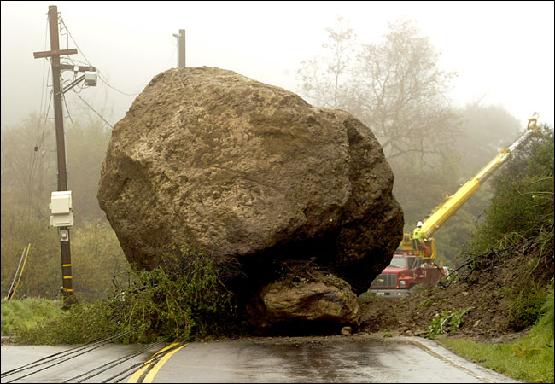The scrum master role has three levels:
- a capable Scrum Master runs the ceremonies, uses the language and coaches the team
- an efficient Scrum Master removes the impediments of their team on a daily basis
- an effective Scrum Master role models the agile culture and serves the team by imbuing them over time with it.
Today we'll talk about transitioning from capable to efficient - making impediments visible.
The Scenario
You're at standup with a beginner team. You may start with the classic three questions to structure the interaction: work done yesterday, work today, impediments or via some other approach. Either way, the chance for raising impediment comes for each and every member of the team and nothing is raised. The team smiles as they announce "no impediments for me!".
This is not a good sign.
The Goodness - aka 'Kaizen'
The ideal would be to get the team to a cultural state where members continuously raise inefficiencies, blockages, even certain types of improvements as impediments, with the assurance that you will take ownership of unblocking them on behalf of the team.
The more proactive a scrum master is at soliciting and executing resolutions to impediments - aiming for always within the day - the more reinforced this "cycle of goodness" is going to be. In the Lean Toyota method, this idea is called 'Kaizen', continuous improvement.
One method that underpins this cycle of impediment visibility, inspection, adaptation and removal is to manage it like you manage any other work in the team. The first step is visibility - Kaizen uses a 'Kanban' (a "seeing board") to publicly make visible salient pieces of information. This achieves the first step.
Physical Tools
Have a section of your visual management board/scrum board display impediments like they are tasks. Assign the scrum master to them. Have him or her manage them as any other task is managed within the team - write them on a card, agree what constitutes done for the impediment.
Digital Tooling
This can also be replicated in the digital space. For example, my current clients are big JIRA users, so I've created a JIRA type for raising impediments, and a board just to display them. It's setup as a kanban board with the three basic states:
An impediment board (some details blurred). Note the highly visible nature of the impediments raised, in action and done. Note the wide-ranging set of items considered - training, unit testing, system documentation, 'how to' documentation, equipment, as well as scope-centric impediments.
I bring this board up at meeting involving stakeholders and product owners at a weekly scrum-of-scrums to encourage their assistance on the more involved impediments.
The Result
We're not quite there yet with the scrum teams at my current client; but certainly this kind of "what management actions can I take to help my team?" has become quite popular with the senior stakeholders and executives in the environment of the scrum teams. They love seeing an actionable list of things that the team has identified at the very grass roots listed, and the scrum-of-scrums meetings are quite productive and effective at continuing to remove impediments.
Being a more effective agile team also involves making sure these last two actions stick - inspection and subsequent adaptation. Tools can help to make the impediments visible; actioning them, and leveraging that visibility for true continuous improvement relies on a commitment and investment in improvement for all involved.
An update: since writing this post, I'd had the pleasure of seeing the effect that this has over a number of sprints - while adoption of this is still patchy, the impediment noted in the screenshot at #11322 - team does not proactively raise impediments, is much improved and improving sprint-to-sprint. I'm really proud of these teams and how far they've come.



